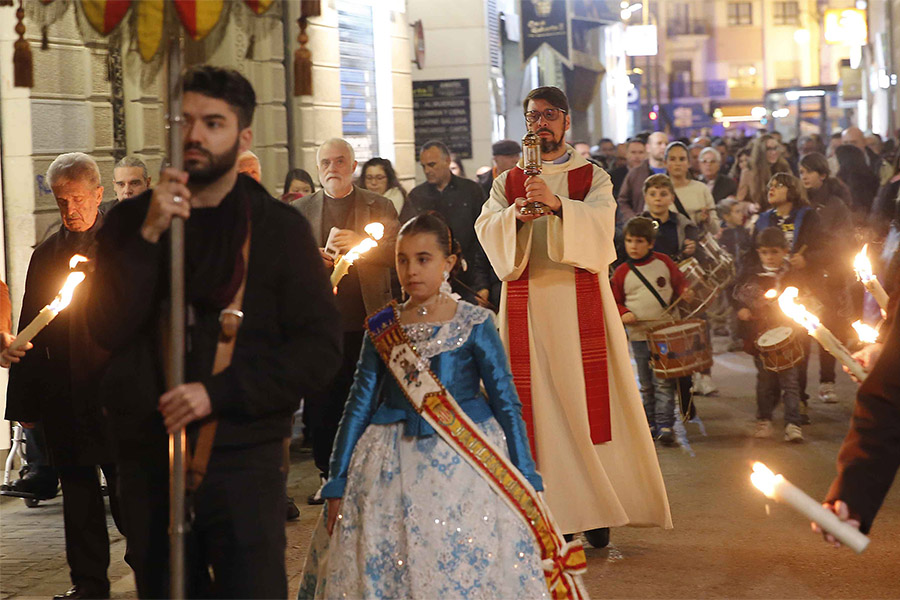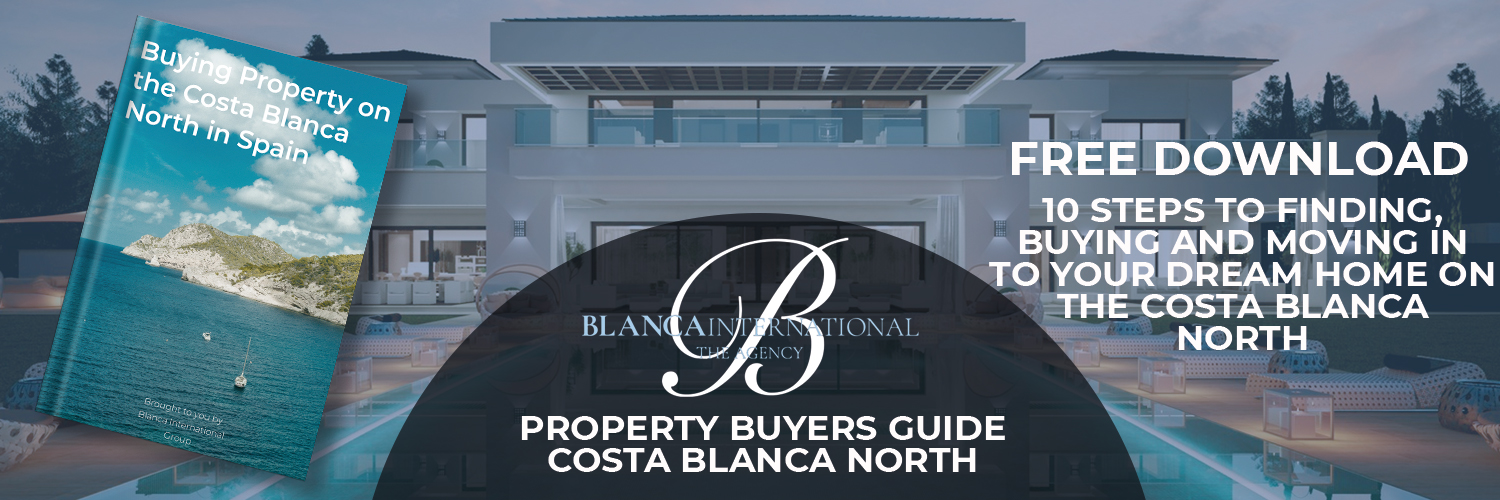You could spend a decade in Javea and never learn of the festival of Santa Llúcia (Santa Lucía).
But you’d be missing out on one of Javea’s most breathtaking viewpoints – and a key piece of Javea history.
Read on for more information about the Fiesta de Santa Llúcia and the history of Javea’s ermitas de la reconquista.
Photo credit: Valenciabonita.es
Also read: Javea`s Fiestas
When is the Santa Llúcia festival in Javea?
From 12-13 December every year.
Where is the Santa Llúcia festival in Javea?
Processions take place throughout the old town of Javea before a second procession leads up to the Ermita de Santa Llúcia on a hilltop just up past the Plaza de la Constitución.
What’s the highlight of the Santa Llúcia festival in Javea?
The procession carrying an image of Santa Llúcia up to the hermitage, followed by traditional bizcocho and sweet mistela wine.
The ermitas de la conquista
There were once four hermitages of the reconquest (ermitas de la reconquista).
These were so-called for being some of the first places of Christian worship in the Montgo area following the conquest of the Kingdom of Valencia by King James I in 1238.
Three hermitages remain: the ermita del pòpul on the Carretera Jesús Pobre leading out of Javea; the ermita de san juan in the old cemetery in Javea’s old town; and the ermita de santa llúcia y santa bárbara on the hilltop just north of the old town.
The fourth hermitage was built by Javea’s most famous hermit – Caterina Bas – who built the ermita de san antonio in the 14th century on the headland that would later take its name.
The hermitage of Saint Lucy has a date of construction from the 17th century. However, many historians place its date of construction in the 15th century or earlier. Of the three surviving hermitages, it’s the only one that continues to see devotees hold a procession dedicated to the saint and local Javea residents believing in the curative powers of Santa Llúcia for sicknesses of the eyes.
The ermita de santa llúcia is the highest hermitage in Javea, at 136m above sea level. It’s famous for an original bell dating back to the 15th century – which is now held in the Museo Soler Blasco in the Javea old town.
The hermitage only opens on 13 December, and sometimes for the final concert of the Xábia Jazz festival.
When it’s not in use, it’s a popular site for hikers and dog walkers who sometimes park below a trail that leads up from the northern side of the hill.
The festival of Santa Llúcia in Javea
The feast day of Santa Llúcia is 13 December – during the days of the Julian calendar, this was the longest night of the year and linked to pagan festivals celebrating the conquest of light over dark.
Llúcia or Lucía shares a root with the Latin word for light: lux.
But the story of Saint Lucy’s death includes a legend that Roman soldiers tried to burn her and gouge her eyes out after she refused to offer a sacrifice to the emperor’s image. Her faith and canonisation led Saint Lucy to become a patron saint for the blind and anyone suffering an eye infection.
Festivities usually take place between 12-13 December – but the hermitage of Santa Llúcia is also dedicated to Santa Bárbara, whose feast day is celebrated on 4 December with mass in the Iglesia de San Bartolomé in the old town of Javea.
On 12 December, a procession typically walks through the old town of Javea accompanied by music until laying flowers at the niche of Santa Llúcia. If you’re there, you will also be offered a Valencian bizcocho (coca maría or buñuelos made of pumpkin) and sweet mistela wine.
Events to see during the festival of Santa Llúcia in Javea
Here’s an overview of what you’re likely to see over 12-13 December if you’re in Javea:
December 12
- 19:30 – a street procession with charanga music that ends with an offering of flowers at the niche of Santa Llúcia on Carrer Santa Llúcia, followed by coca maría and mistela
December 13
- 08:00 – early morning wake-up call featuring traditional dolçaina and tabalet instruments
- 10:00 – procession leading up from the old town of Javea to the ermita de santa llúcia, a 45-minute walk up the 136m high hill usually accompanied by local school children
- 11:00 – mass in the Santa Llúcia hermitage, followed by hot chocolate and coca maría or buñuelos, and finally setting off fireworks


